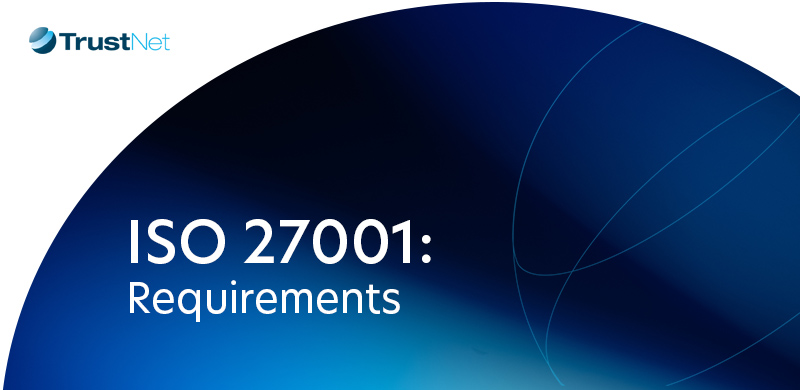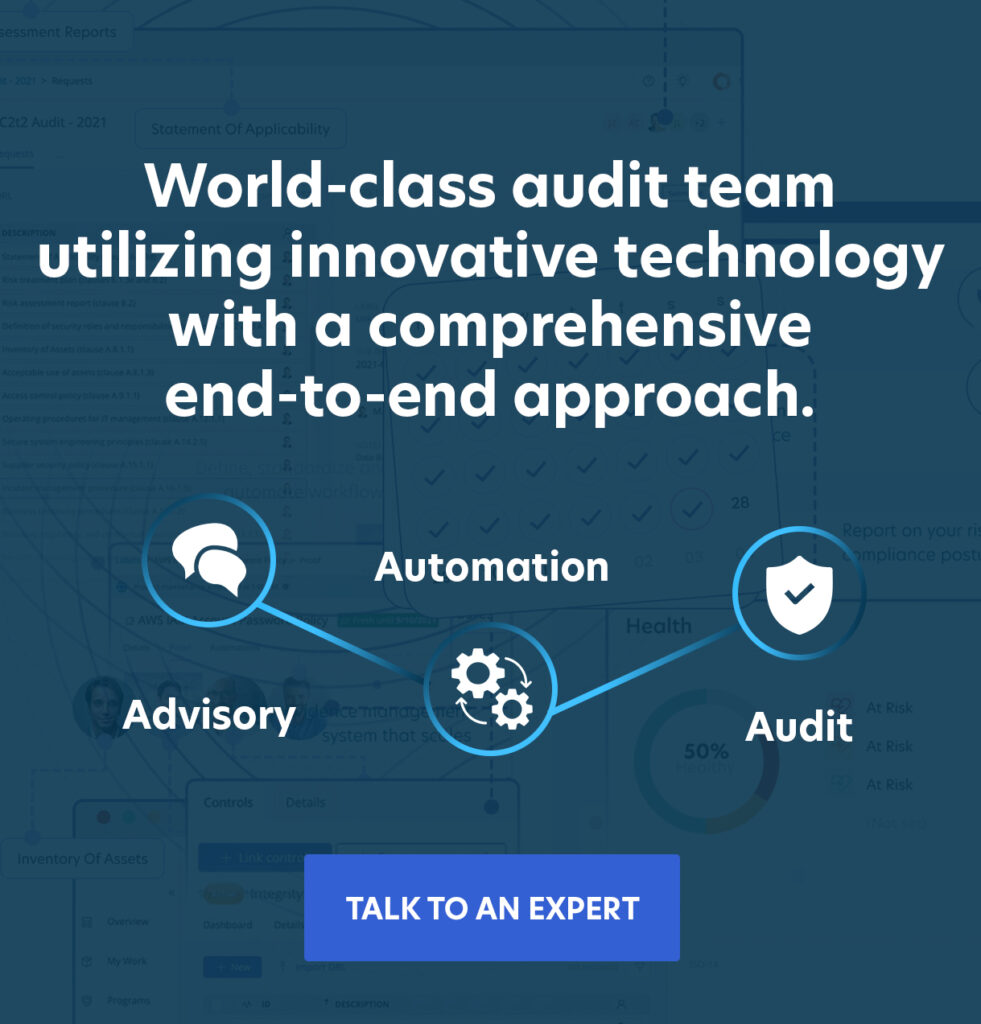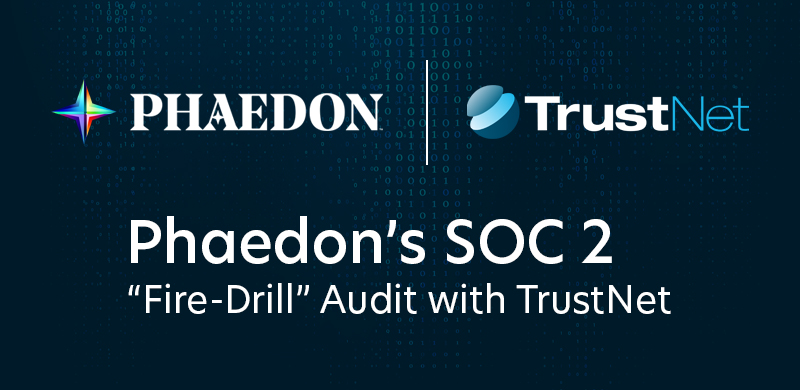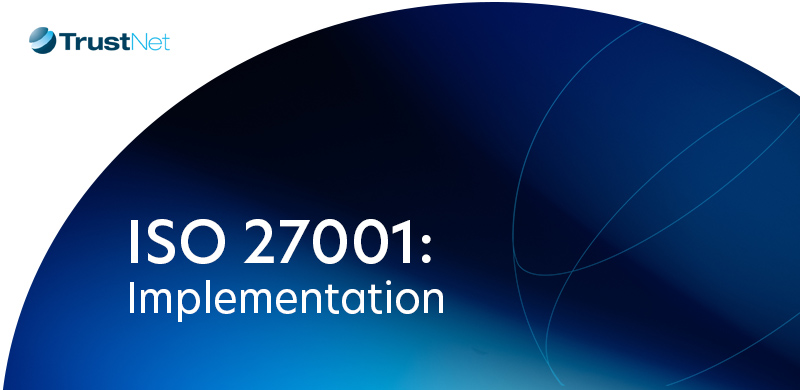ISO 27001: Requirements

TL;DR
This guide breaks down ISO 27001’s core requirements, including Clauses 4 to 10 and Annex A’s 93 controls, to help you build a risk-driven, audit-ready ISMS. Learn what each clause means, how to apply the PDCA cycle, and how to align controls with real-world risks. Use it to turn compliance into operational security and get certified faster.
ISO 27001 is a foundation for real, defensible security. But understanding its core requirements takes more than skimming a checklist.
This guide walks security professionals and technical leads through ISO 27001’s Information Security Management System (ISMS), with a clear focus on Clauses 4–10 and Annex A controls. You’ll learn how to interpret each control, apply it in your environment, and align it with real risks, not just audits.
Cut through the jargon. Make ISO 27001 work for your business. And take control of your security posture, one requirement at a time.
What Is an Information Security Management System (ISMS)?
An Information Security Management System (ISMS) is a structured framework that helps organizations manage and protect sensitive information. It brings together policies, processes, technology, and people to ensure information stays secure, confidential, accurate, and available when needed.
ISO 27001 defines the global standard for building, operating, and improving an ISMS. It gives organizations a clear, systematic approach to manage risk, enforce controls, and demonstrate security maturity to customers and regulators.
Why ISO 27001 Matters
You can’t manage what you don’t define. ISO 27001 turns information security from reactive firefighting into a proactive, continuous process. It helps you:
-
- Set a clear security scope and objectives
- Identify and assess risks
- Implement controls based on risk levels
- Measure performance and drive improvements
This structure ensures that security decisions align with your business goals and legal obligations.
Core Components of an ISMS
A well-implemented ISMS includes:
-
- Policies and procedures that define security expectations
- Risk assessments to identify threats and vulnerabilities
- Security controls to reduce risks to acceptable levels
- Incident response processes to contain and recover from security events
- Monitoring and auditing to track effectiveness
- Compliance management to meet legal and contractual requirements
- Documentation to support audits and internal reviews
These elements work together to create a system that evolves with your organization and threat landscape.
Benefits That Go Beyond Compliance
When done right, an ISMS delivers:
-
- Increased trust from clients, partners, and stakeholders
- A risk-based approach that prioritizes real threats
- Operational resilience and fewer surprises
- Audit readiness and easier paths to third-party certification
Planning for ISO 27001 certification
Talk to TrustNet’s experts for practical guidance on building a compliant, audit-ready ISMS tailored to your business.
Clauses 4–10 Explained: Core ISO 27001 Requirements
Clauses 1–3 set the foundation. They define the standard’s scope and point to ISO 27000 for key terms. The real action starts in Clauses 4–10 as these are the core requirements your ISMS must meet to achieve ISO 27001 certification. Clauses 4 through 10 are requirements that define how to build, manage, and improve an Information Security Management System (ISMS).
Clause 4: Context of the Organization
Start by defining your ISMS scope.
-
- Identify internal and external factors that affect information security.
- Analyze the needs of interested parties: clients, partners, and regulators.
- Set the scope of your ISMS, including physical, organizational, and technological boundaries.
Clause 5: Leadership
Get top management involved.
-
- Assign accountability for information security.
- Establish and communicate formal security policy.
- Embed ISMS responsibilities into broader business leadership.
Clause 6: Planning
Lay the foundation with risk-based planning.
-
- Define a risk assessment process that fits your organization.
- Identify, analyze, and evaluate risks.
- Set measurable security objectives.
- Plan actions to manage both risks and strategic opportunities.
Control Selection & Statement of Applicability (SoA)
Every inclusion or exclusion must be justified in the Statement of Applicability (SoA), a required audit deliverable that shows which controls you’ve implemented and why.
Clause 7: Support
Equip your ISMS with what it needs to succeed.
-
- Allocate skilled personnel and other resources.
- Train teams and raise security awareness.
- Manage internal and external communications.
- Maintain documented evidence to support ISMS activities and audits.
Clause 8: Operation
Put your plans into motion.
-
- Execute risk treatment actions.
- Operate controls and processes day-to-day.
- Respond to incidents using a repeatable process.
Clause 9: Performance Evaluation
Evaluate how well your ISMS performs.
-
- Monitor key indicators and audit results.
- Analyze data to uncover trends or issues.
- Conduct management reviews to assess progress and drive decisions.
Clause 10: Improvement
Fix gaps and get better over time.
- Identify nonconformities through audits and reviews.
- Take corrective action to prevent recurrence.
- Push continuous improvement across the ISMS.
How the PDCA Cycle Powers the ISMS
ISO 27001 structures Clauses 4–10 around the Plan-Do-Check-Act (PDCA) cycle:
- Plan: Clauses 4–6 define strategy, scope, risks, and objectives.
- Do: Clauses 7 and 8 focus on resources and implementation.
- Check: Clause 9 emphasizes monitoring and evaluation.
- Act: Clause 10 drives corrective action and improvement.
PDCA keeps your ISMS active, measurable, and aligned with evolving risks.
Annex A Controls Breakdown
Annex A of ISO/IEC 27001:2022 outlines 93 reference security controls. These aren’t mandatory, but organizations must consider each one and document their relevance based on risk. They support the implementation of Clause 6’s risk treatment process.

The 93 controls fall into four domains:
1. Organizational Controls (37 controls)
These define governance, policies, and oversight processes. Examples below:
-
- Information security roles and responsibilities
- Asset management
- Threat intelligence
- Access control policies
- Supplier relationships
- Information classification
- Business continuity
- Compliance with legal and contractual obligations
2. People Controls (8 controls)
Focus on human factors across the employee lifecycle. Examples below:
-
- Background screening
- Confidentiality agreements
- Information security training
- Disciplinary processes
- Event reporting
- Remote working controls
3. Physical Controls (14 controls)
Protect physical access to facilities and equipment. Examples below:
-
- Secure areas and entry controls
- Equipment protection and maintenance
- Clear desk and clear screen practices
- Physical media handling
- Utility service management
4. Technological Controls (34 controls)
Address technical safeguards across systems and networks. Examples below:
-
- Endpoint and malware protection
- Backup and recovery
- Logging and monitoring
- Cryptographic controls
- Secure development and testing
- Network security
- Identity and authentication
Organizations select Annex A controls based on the results of their risk assessment.
ISO 27002: The Companion Guide
ISO/IEC 27002:2022 explains how to implement Annex A controls. While ISO 27001 lists the controls at a high level, ISO 27002 provides practical guidance. Keep in mind: ISO 27002 is not certifiable, but it’s critical for implementation. It has guidance on how to implement Annex A controls and what should be taken into consideration.
Use Annex A as your control baseline but tailor it to your risks. A well-mapped SoA demonstrates both compliance and thoughtful security design.
What to Do Next: Build a Living, Risk-Driven ISMS
ISO 27001 is about building a resilient, risk-driven security program that works. Clauses 4–10 define the mandatory structure of your ISMS, while Annex A gives you a comprehensive control set to secure it.
To succeed with ISO 27001, you need more than checklists. You need clarity, alignment, and action.
-
- Use Clauses 4–10 to structure your ISMS around real business risks.
- Select Annex A controls based on your threat landscape, not generic templates.
- Document your decisions in the Statement of Applicability to pass audits with confidence.
- Maintain and improve your ISMS using the PDCA cycle.
Don’t build your ISMS alone. Talk to TrustNet’s ISO 27001 experts for hands-on guidance, audit readiness support, and implementation tools that accelerate your path to certification.
Subscribe to the TrustNet Newsletter
actionable cybersecurity strategies, and TrustNet’s cutting-edge solutions.



